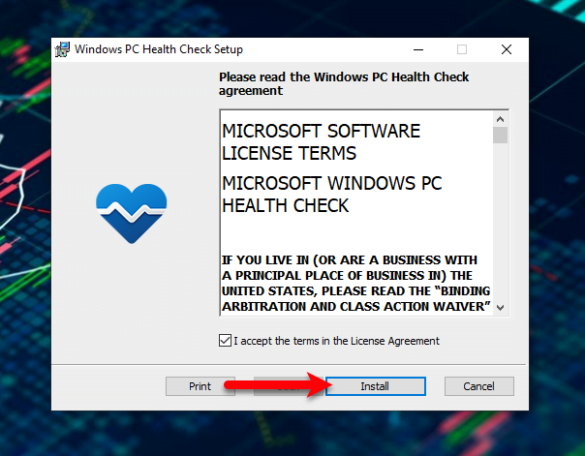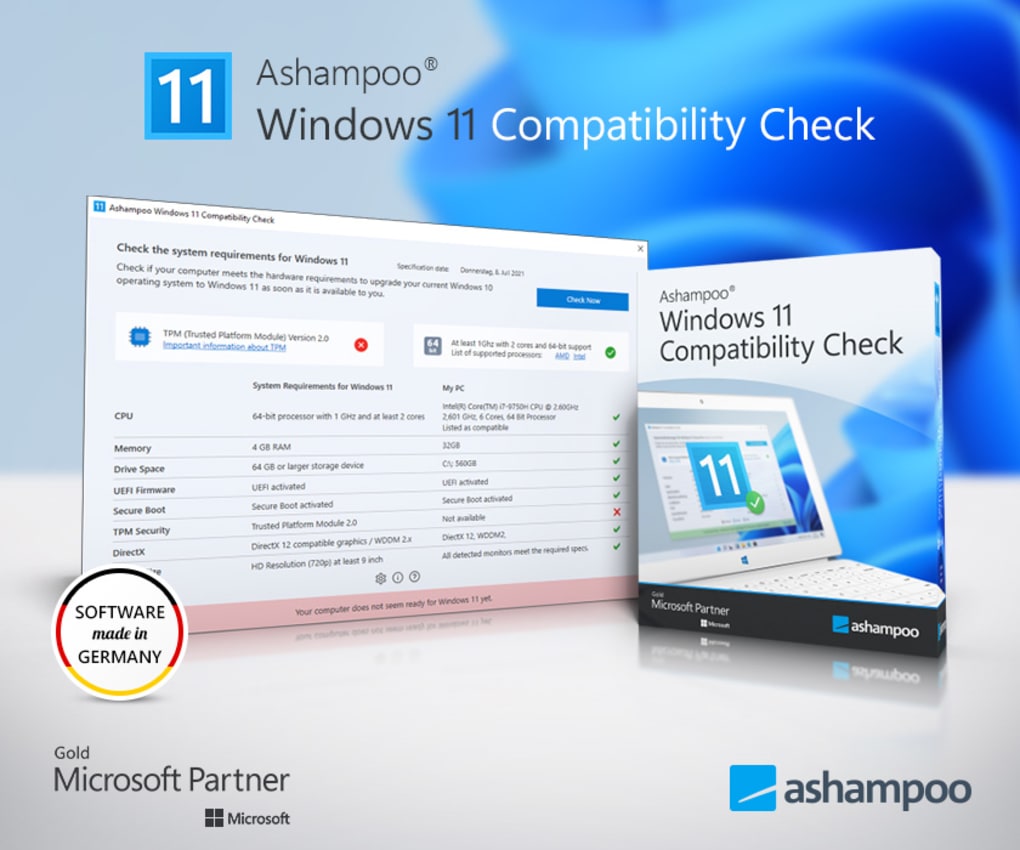
 While you’re there, check that Secure Boot Mode - something Windows 11 also requires - is enabled. Once you are in the BIOS, look for a security section and scan for the TPM acronym.
While you’re there, check that Secure Boot Mode - something Windows 11 also requires - is enabled. Once you are in the BIOS, look for a security section and scan for the TPM acronym. 
This varies depending on your manufacturer, but it will say somewhere on screen (it’s often F2, F9 or DEL).
On the boot up splash screen, press the key that brings up the BIOS. Shut down your computer and turn it back on. All the same, the instructions will be something like this: The slight difficulty is that every motherboard manufacturer has a slightly different method for enabling it. Ours wasn’t when we first took the test and failed, but enabling it quickly changed Microsoft’s mind and we were good to go. This has been a part of PC motherboards since October 2014, so there’s a good chance you have it - it might just not be enabled. One requirement, for example, is that for its beefed-up security, Windows 11 needs your motherboard to have a TPM 2.0 (“Trusted Platform Module”) chip. Click “Learn More” and find out exactly why your PC isn’t qualified for Windows 11. 
Don’t panic, however it might well be an easy fix. Why isn’t my PC compatible with Windows 11?Īfter running the compatibility checker, you may find that your device is not in fact currently capable of supporting the new OS.







 0 kommentar(er)
0 kommentar(er)
